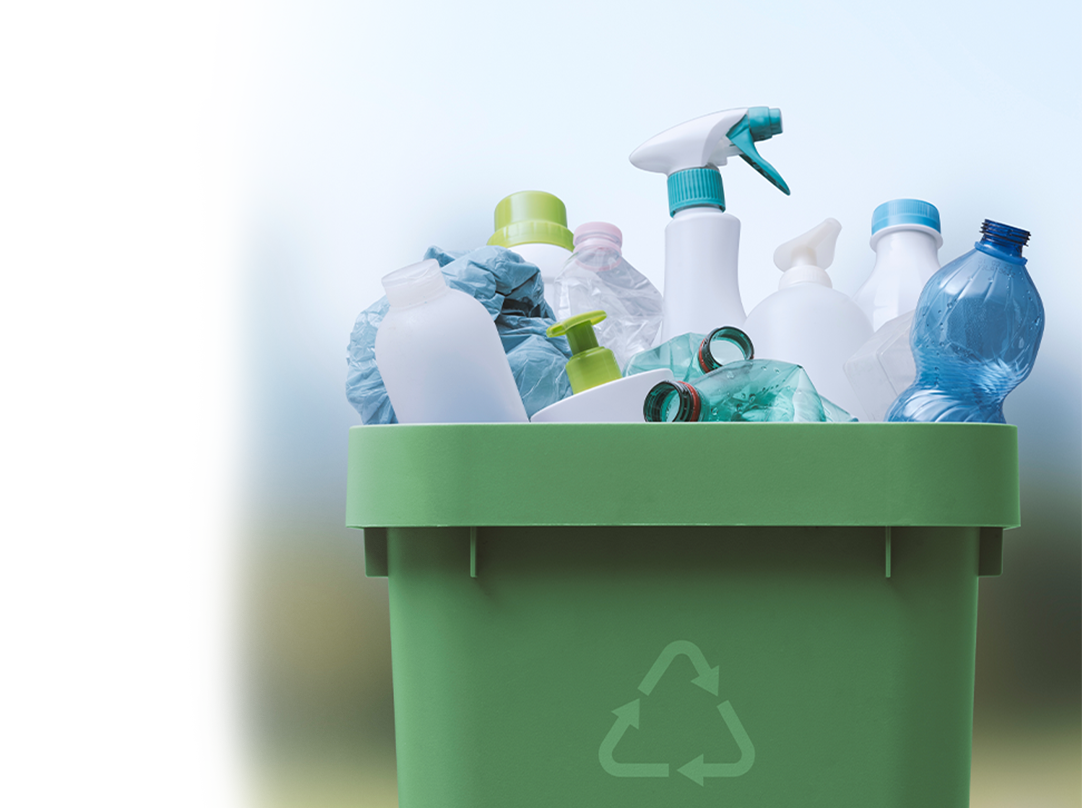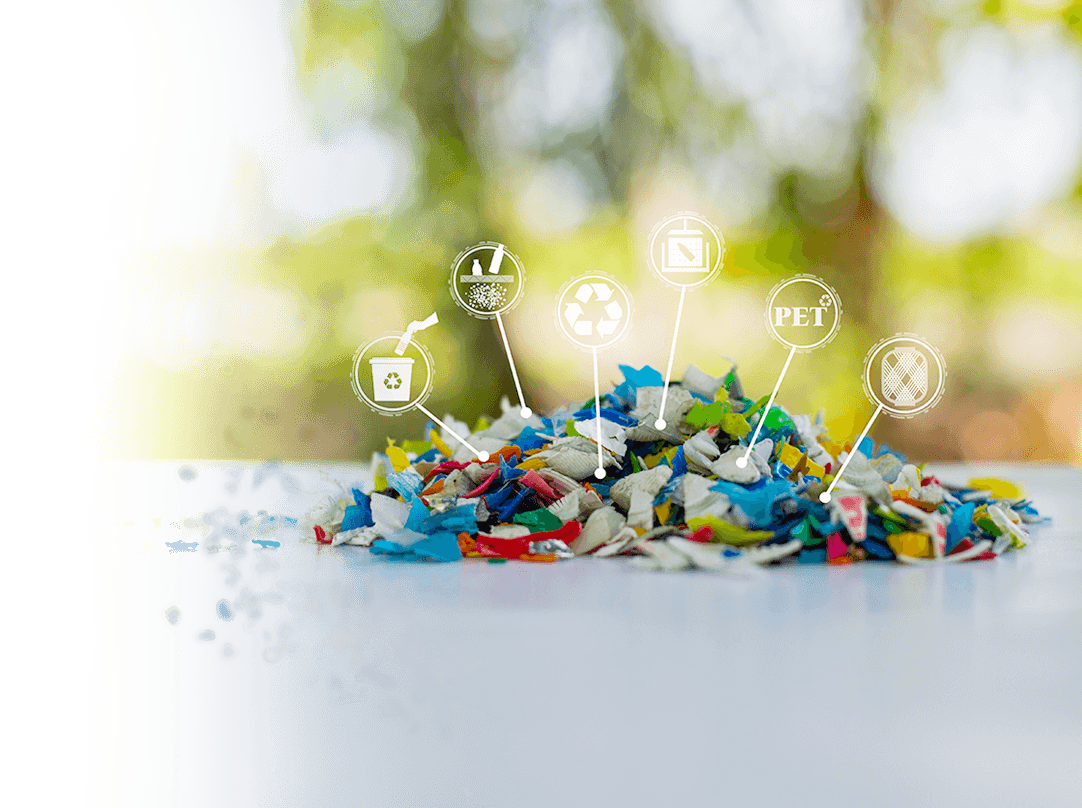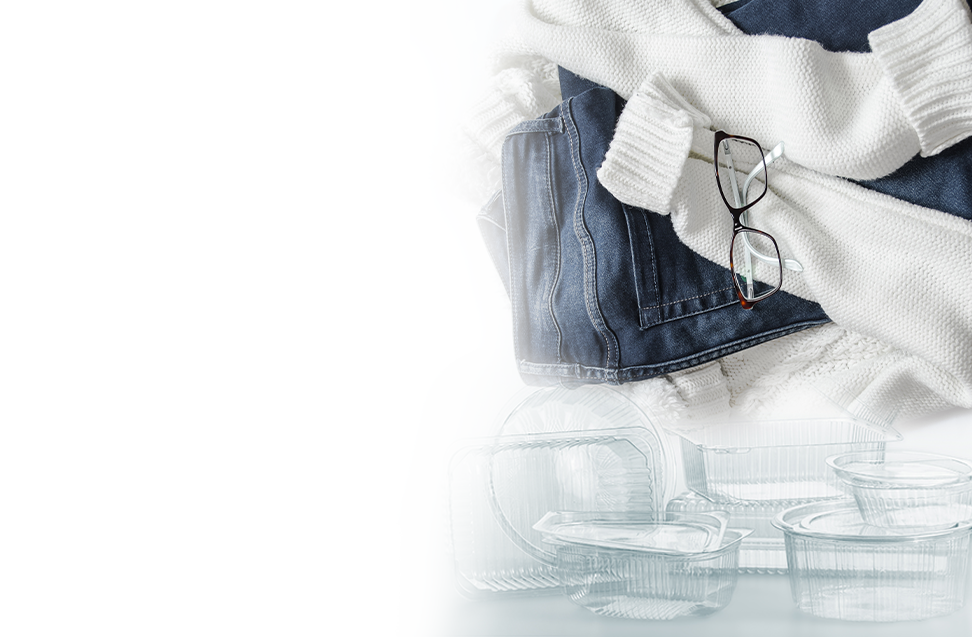Understanding Post-Consumer Recycled (PCR) Plastics #

Post-Consumer Recycled (PCR) resin, commonly known as PCR plastic, is derived from everyday items that consumers recycle, such as plastic bottles (beverage, shampoo, mineral water, laundry detergent), cardboard boxes, paper, and aluminum. These materials are collected through local recycling programs, sorted at recycling facilities, and processed into new PCR resin. This resin is then molded into new products, including various forms of packaging.
The Drive Behind PCR Packaging Development #
With the European Union’s 2050 carbon neutrality target, countries worldwide are moving toward net-zero emissions and carbon reduction. Taiwan is actively participating in this global shift. In the UK, the government has increased the Plastic Packaging Tax (PPT) to £223.69 per tonne (effective April 1, 2025) for packaging with less than 30% recycled content. This tax, which has risen from £200 in 2022, applies to manufacturers or importers handling over 10 tonnes annually, aiming to encourage the use of PCR materials by penalizing packaging with low recycled content.
As a leading PCR plastic packaging manufacturer, Living Fountain offers solutions for the UK market, including plastic bottles, trigger sprayers, and dispensing pumps with 30% or more PCR content, ensuring compliance with the UK tax exemption threshold.
Related Reading: How Choosing PCR Plastic Packaging Can Benefit Your Business.
PCR and Sustainability Initiatives in Taiwan #
In 2022, Taiwan’s Environmental Protection Agency held a draft discussion titled “Promoting Recycled Plastic Products for Non-Food Contact.” This meeting, which included manufacturers of cosmetics, detergents, and recycled materials, proposed a target of at least 25% recycled content in packaging by 2025, increasing to 35% by 2030. This aligns with Taiwan’s broader efforts toward sustainable development and net-zero carbon emissions.
Living Fountain also supports the Taiwan Renewable Energy Initiative, promoted by the Greenpeace Foundation. In line with the RE100 spirit, this program encourages companies to develop and use renewable energy, highlighting manufacturers who adopt PCR materials for green packaging.
Rethinking Plastic’s Role #
Plastic is lightweight, durable, and widely used in packaging for household appliances, medical supplies, and daily necessities. However, its low cost and accessibility have led to overuse and improper disposal, making plastic a major environmental concern. This has resulted in policies banning plastic in favor of alternatives like paper, which are not always more eco-friendly.
Instead of avoiding plastic entirely, the focus should be on using better plastic materials. By choosing high-quality plastics, promoting reusability, extending product lifespan, and reintegrating materials into the recycling system, we can effectively reduce environmental impact.
Commitment to a Circular Plastic Economy #
Through the promotion of PCR, Living Fountain is leading industry partners in advancing the green plastic recycling loop. The goal is to foster plastic justice transformation, raise public awareness of sustainable plastic use, and drive the future of green packaging.
The Journey of PCR: Transforming Waste into Resource #
Recycling Process Overview #
Used plastic containers are collected from shopping malls, communities, schools, and other regional agencies, then shipped to recycling facilities. There, they are sorted and compressed into bricks based on material type.

How Recycled Plastics Become PCR Materials #
rPP, rPE Process:
- Unpacking: Compressed and packed plastics are unpacked at the recycling plant.
- De-labeling: Machines remove labels from the recycled products.
- Crushing: Recyclables are crushed into large pieces.
- Cleaning: Large pieces are thoroughly cleaned.
- Crushing: Large pieces are further broken down into smaller pieces.
- Floating: Impurities are removed from the small pieces.
- Dehydration: The small pieces are dried.
- Granulation: The material is granulated, filtered, and further purified.
rPET Process:
- Unpacking: Compressed and packed plastics are unpacked at the recycling plant.
- De-labeling: Machines remove labels from the recycled products.
- Crushing: Recyclables are crushed into large pieces.
- Cleaning: Large pieces are thoroughly cleaned.
- Crushing: Large pieces are further broken down into smaller pieces.
- Floating: Impurities are removed from the small pieces.
- Dehydration: The small pieces are dried.
- Recycled plastic material: Secondary plastic materials are produced and delivered to factories for manufacturing.

Types and Characteristics of PCR Plastics #
Common plastics such as PET, PP, and PE can be recycled after consumer use and processed into recycled plastic resin.
Key Characteristics of PCR Plastic Products #
- Bottles and accessories may appear more yellowish or darker in color.
- Small black spots may be visible on the surface.
- Strength is slightly lower than that of new materials, but functionality is not affected.
- The recycling symbol remains unchanged. For food-grade packaging, regulatory approval is required before use.

Applications of PCR Plastics #
PET is among the most produced, used, and recycled plastics. After consumer use, PET is collected, cleaned, separated, sliced, and spun, then converted into meltable rPET materials for remanufacturing into packaging, clothing, shoes, and other textiles. It is a cost-effective, clean, and low-chemical material.
In May 2022, Taiwan’s Food and Drug Administration announced the “Operation Process for the Suitability Application of RPET Packaging.” Brands can submit safety assessment applications, and upon approval, use rPET materials for food containers and packaging. Utilizing rPET helps keep plastics out of oceans and landfills, reduces energy and oil consumption, and lowers carbon dioxide emissions, supporting sustainable recycling.
Other recycled materials, such as r-PP and r-PE, are also used in dispensing pumps or bottles for face and body cleaning, as well as detergent products. Many well-known brands, including P&G, Unilever, Johnson & Johnson, Kao, and O’right, have adopted recycled materials in their packaging.